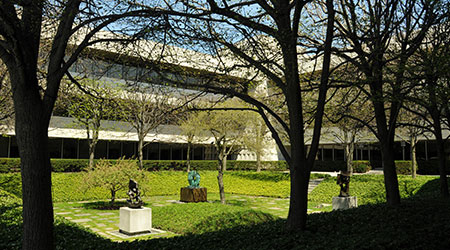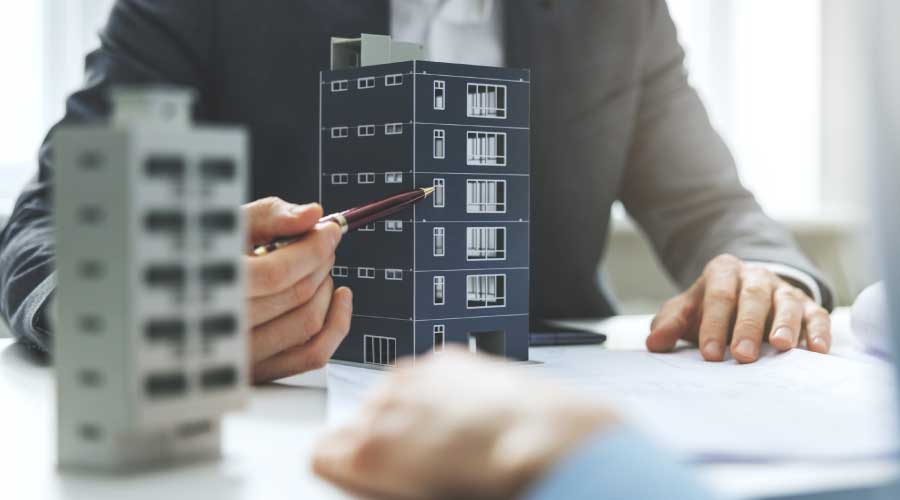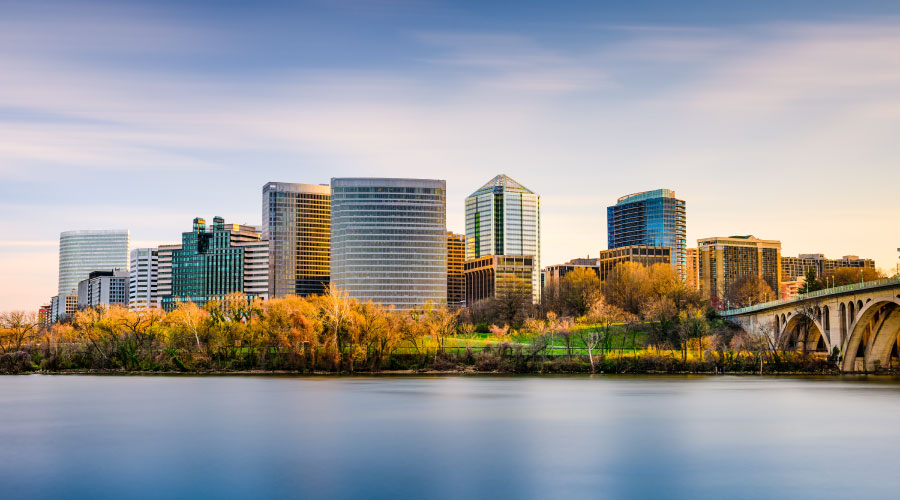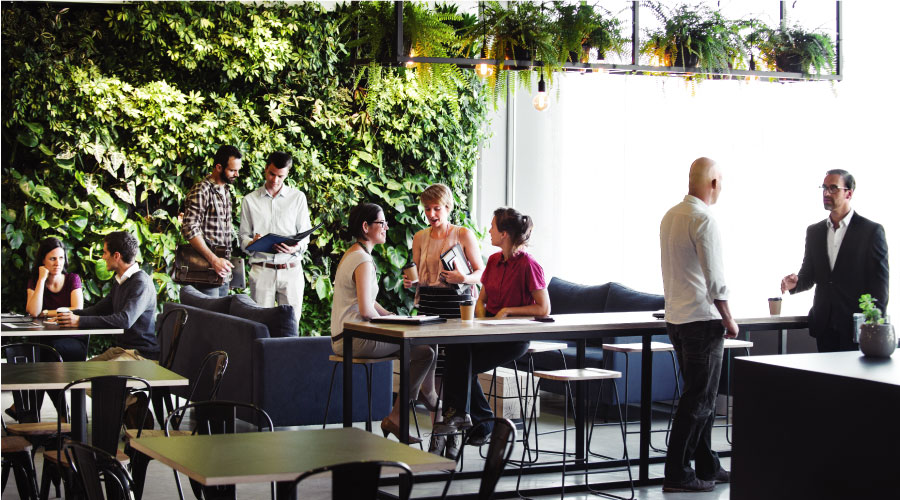3 Questions to Consider When Designing Outdoor Work Spaces
If you have the landscape and proper infrastructure, creating outdoor workspace can be a huge perk for workers, improving productivity and overall satisfaction with the workplace.
As the American workforce returns to the office following the COVID-19 pandemic and facility managers prepare buildings for their return, many employees are returning to a changing office space that includes more collaborative work spaces and fewer desks and cubicles.
Another step in the changing landscape of the workplace is taking place outside, amidst trees, greenspaces and ... bocce ball games?
Redesigns of modern office spaces these days are also increasingly including outdoor spaces, used for either work or simply to take lunch breaks or walks.
Rob Hutcheson, a landscape architect with EDSA for more than 20 years, says companies turning to the outdoors to improve their workplace area is an extension of their employees’ lives away from the office.
“You see where a lot of trends are leading in other sectors, where people want to be outdoors, just want a healthier lifestyle,” Hutcheson says. “I think a lot of businesses have seen that more as a huge benefit that they can offer.”
When managers start designing outdoor spaces, there are three questions that need to be asked during the planning process:
1. Does the property have the right “bones” for a successful space? Bones could mean a wide variety of things, such as grassy spaces and mature trees, to incorporate shade into the space.
Hutcheson describes a business in Orlando, Florida, that checked many of the boxes to move a project forward for an outdoor space.
“We worked with them on the idea of doing an indoor-outdoor conference room, with a little breakout lounge that opened into an outdoor space where we gave them a bocce ball court and some different site furnishings,” Hutcheson said. “The property was built in the ’90s or so, so they had some pretty mature trees on the property, and we were able to work on the right sight locations and preserve trees. You need shade in Florida, because it can get super hot and rainy. Some of these properties just have the right bones, so you can kind of work around those bones to really optimize and add an outdoor setting.”
2. What is your power situation? Access to strong Wi-Fi and power sources to plug in laptops and cell phones is important so that employees who choose to work outside while at the office can more easily do so.
“(Destination) becomes a decision for an owner, because they have to invest in all that infrastructure to get power and water, and do you need to add restrooms?” Hutcheson says. “There’s a certain distance factor based on how far away you are from your existing facilities that you have to properly plan for.”
3. What’s the parking plan? As more companies see fewer employees returning to the office post-pandemic, many could consider reconfiguring existing parking lots or ramps.
“With car sharing and ride shares, and autonomous cars down the road, there are some challenges in parking requirements that you can grab back real estate that was dedicated to parking,” Hutcheson says. “(Companies) can say, we don’t need this much parking space anymore, why don’t we convert it to open space? If the trend starts to be where people are only working three days a week in the office, and two days remote, that helps start reducing your parking demand.”
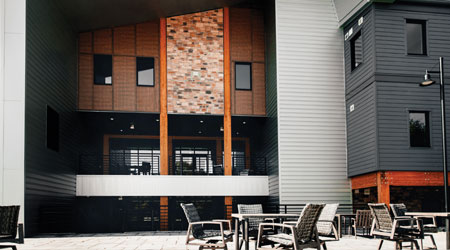
Other factors that FMs need to consider when embarking on an outdoor workspace project include:
- Hosting collaboration sessions: “Have a workshop with the owner and designers,” Hutcheson says. “The operations manager, the owner of the facility, tenants of the building, and designers. Bring them all together. It would be a great way to identify needs and start out on the right foot. An owner may assume that the tenants need these types of amenities, but without having the conversations with the tenants, they may have realized there are other opportunities to make (the space) even better.”
- Addressing budget concerns: “A lot of times there is this perception that outdoor spaces shouldn’t cost a lot of money,” Hutcheson says. “They need to talk about the furniture selection. You can go on the low end and find something that could potentially be stolen off the property over the weekend, or fall apart in a couple of years. Part of the education is selecting really robust and well-designed furniture selections that are going to be comfortable.”
- Maintaining space flexibility: “Our role a lot of times is to create the bones, the infrastructure, to allow for flexibility with seating arrangements. Two years from now there may be a whole new program that you want to do. I’d just say eyes wide open to how you can maximize flexibility, because each user may have a different need. You may want to have an event at night in a space where during the day you need to shuffle some seating around to allow for more smaller groups.”
Dave Lubach is managing editor, Facility Market.
Related Topics:








